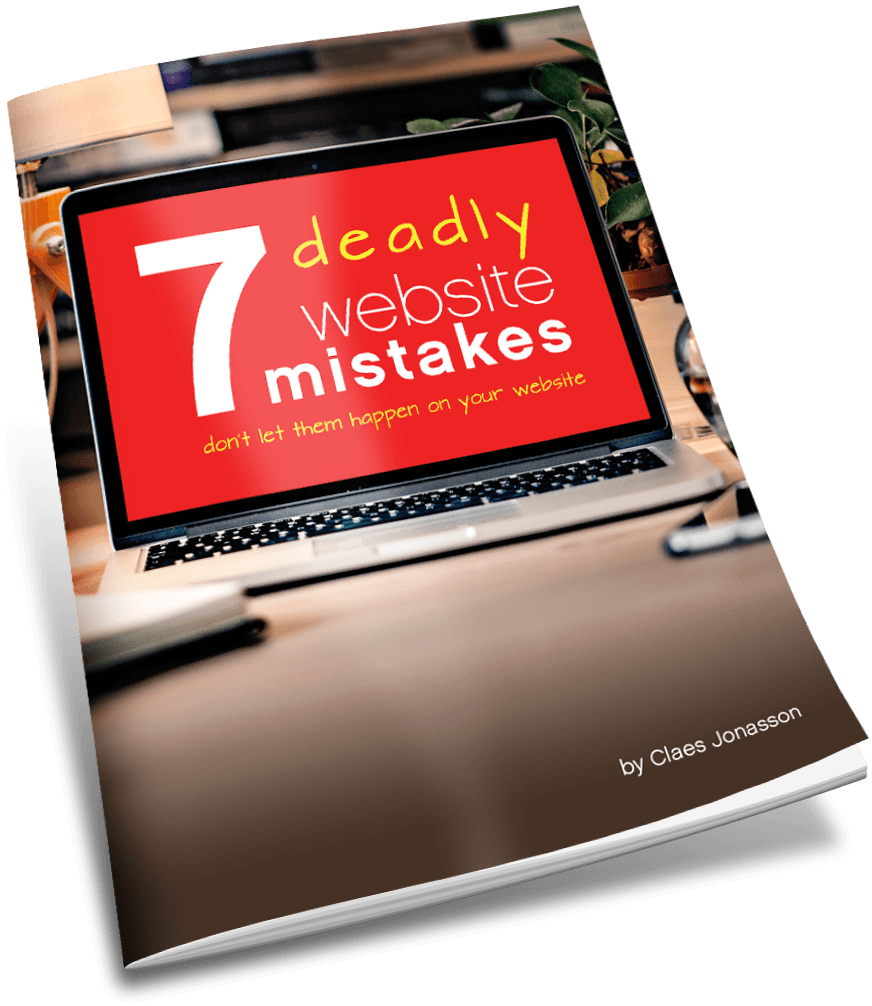Set a goal to finish
I was somewhere halfway through the process of raising support to become a missionary. As I started that process, goals were set. Make calls, meet with people, get new donors on your team, raise X $ of new support each week and complete the process in 2 years. Sounded easy enough. Should be doable.
But now it was almost 2 years into the process and I was only about halfway there. The perfectionist in me was not happy with the progress. Then one late night, a missionary friend, Jerry, called and asked how I was doing. I told him. What he said next, surprised me.
I expected him to reiterate the goal and tell me that I needed to work harder. Instead he simply said: “Claes, you may need to adjust the goal a bit.” After I picked up the phone from dropping it, I felt a weight lifted. Here was a man I admired, who had been through the same process, with the same expectations, who told me that maybe the goal was unrealistic for how life was playing out and needed to be adjusted. What he did not say was that I was a loser and fired.
With his encouragement (and others), I went on to finish the support raising (yes, it took longer than planned) and served as a missionary for over 10 years, with many faithful supporters who stood by me and my family the whole time.
Goals are a very elusive thing. Did you know that 90+% of New Year’s resolutions fail? Before the end of January!
And over time we tend to remember those FAILURES even more than the goals we did accomplish.
There’s even a name for remembering interrupted or incomplete tasks: The Zeigarnik Effect (No, this is not going to turn into an episode of the Big Bang Theory — this will stay very plain, for regular folks like you and me.)
The Zeigarnik Effect describes a phenomenon where for instance a waiter has better recollection of incomplete orders than of completed ones. After the order is complete and paid, he might not be able to recall the details of that order.
So what does that have to do with goals for life or work? Glad you asked. The idea is that when we set goals and then don’t complete them (for whatever reason), we’ll recall those goals more vividly than goals we did accomplish.
I talked with James who had just celebrated his 50th wedding anniversary. For the celebration, his kids had put together a big photo and video montage showing 50 years of marriage playing out. I commented on how many trips and events were included in that program. James’ response: “Yes, I guess we did do a lot.” To him the years all blended together and he wasn’t seeing all the accomplishments along the way.
That happens for me too. There are evenings when I write my journal and I have to mentally stretch to recall what took place during the day. Because the tasks were completed and I moved on.
But the goal from last year I didn’t reach, I remember most vividly.
If we’re not careful, that becomes our narrative: “I don’t get anything done. I set goals and then don’t complete them. Failure is my middle name.”
The solution?
I’ve worked with people who love the idea of BHAG, Big Hairy, Audacious Goal. The bigger the better. After all, that sounds really awesome in a meeting with the leadership team. Trouble is, it’s easy to proclaim and a lot more difficult to deliver. While some BHAGs are completed (think John F Kennedy’s goal in 1961 of putting a man on the moon before the end of the decade), all too many are great proclamations that fizzle and get swept under the carpet, never to be heard from again.
Instead, consider author and leadership mentor Michael Hyatt’s favorite: AACTION goals:
- Actionable — begins with a verb
- Aligned — with season of life, values and other goals
- Challenging — set high enough to demand your best efforts
- Time-bound — actual dates to accomplish the goal by (but not the same date for all)
- Inspiring — exciting, motivating, definitely not boring
- Objective — includes internal criteria by which progress can be evaluated
- Narrow — focused, specific, not general
Okay, that makes sense. It’s a bit of work to write out goals in this format, but the process makes you think it all through. You now have a good roadmap for the journey ahead.
Business coach and brand strategist Marisa Murgatroyd encourages 3 level goals:
- Minimum goal — what I really absolutely have to get done
- Target goal — what should get done and is possible given time and resources
- Stretch goal — what would be really nice to accomplish and would provide a surplus effect
The idea is that the Minimum Goal is a worthy goal, although on the safe side. Likelihood of reaching it is quite good, assuming I do the work.
The Target goal is in the realm of possible, but will require some serious effort to reach.
The Stretch goal is when the stars align and things go really well. Out there, but still in the same galaxy. It could happen.
Reaching any of the goal levels equals accomplishing the goal. The celebration will be bigger or smaller depending on which level you reached. I like this approach.
Just one more tweak
Recently at the Tribe Conference, bestselling author Jon Acuff was one of the speakers. If you have a room full of writers and creatives, the thing to definitely do is bring in the guy who wrote the book on finishing (in case you didn’t know, creative types are notorious for not finishing things).*
Jon focuses on getting the size of the goal right. We think we can get more done in the available time than we really can. But if we cut the goal in half, we’re 63% more likely to succeed.
So it’s important to dream right from the start.
He also stresses the importance of FUN. Make the goal fun if you want it done.
When we ignore the above, we’re really planning to fail.
Equally important is to understand our motivation for accomplishing the goal. Is it to gain a reward or because we fear a consequence?
At the end of the day, where would you rather be at the end of the year?
With 3 awesome, huge, stupendous goals unaccomplished (but thanks for playing and trying, better luck next time, your mileage may vary, batteries not included) or with 3 right-sized goals accomplished? Which will make you feel better and put you in a good position for the next set of goals? And which outcome will involve a celebration?
Okay, one more thing
My friend Jerry helped me see when a goal had become unrealistic and make adjustments. Having a trusted friend or two we can share goals with and who ask how we are really doing is worth its weight in gold.
As I write this, October is right around the corner. Time to review how this year has gone and make a good finish, while also thinking about next year. Definitely time for right-sized goals.
*Jon Acuff did write the book on finishing. It’s called Finish. Get it on Amazon and become a finisher.
Never miss out!
Get an email update every time I publish new content. Be the first to know!

